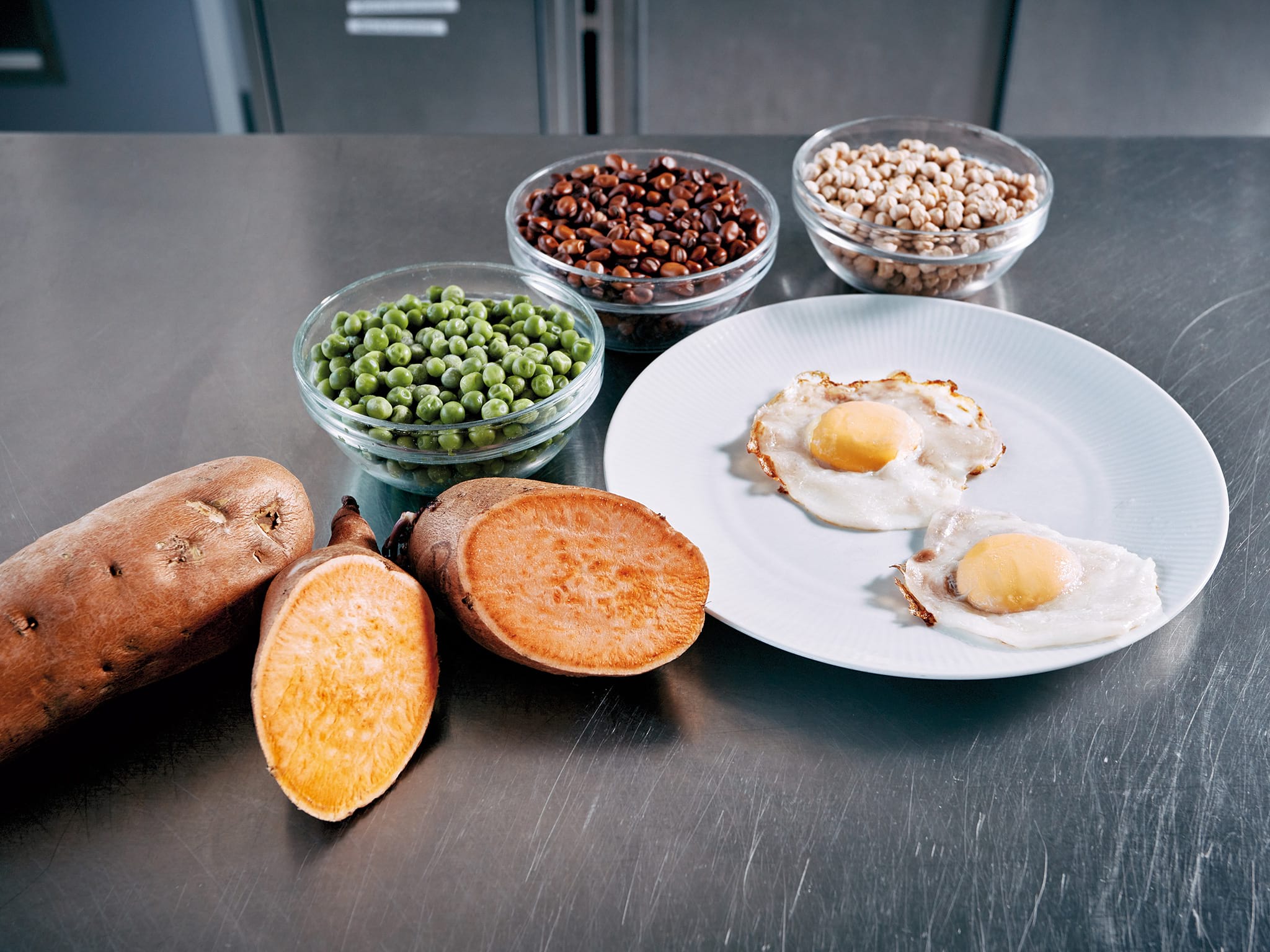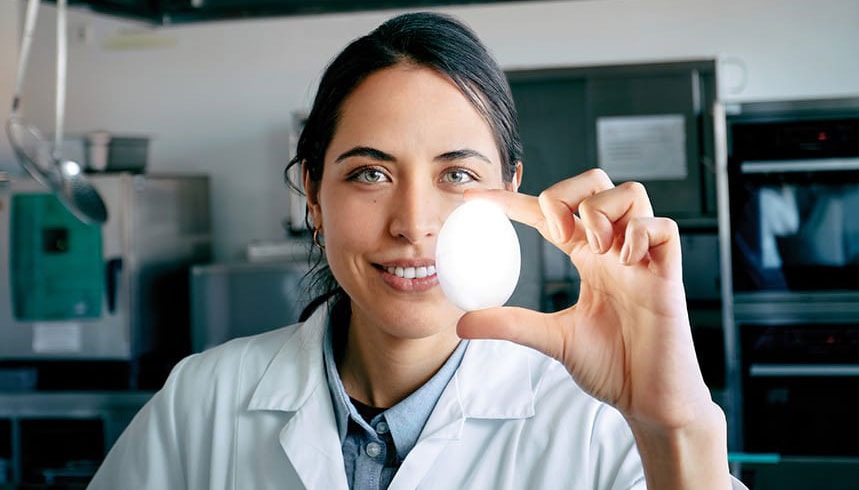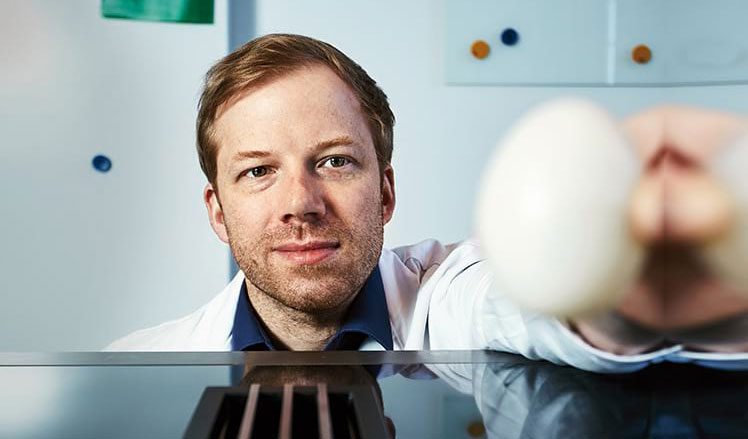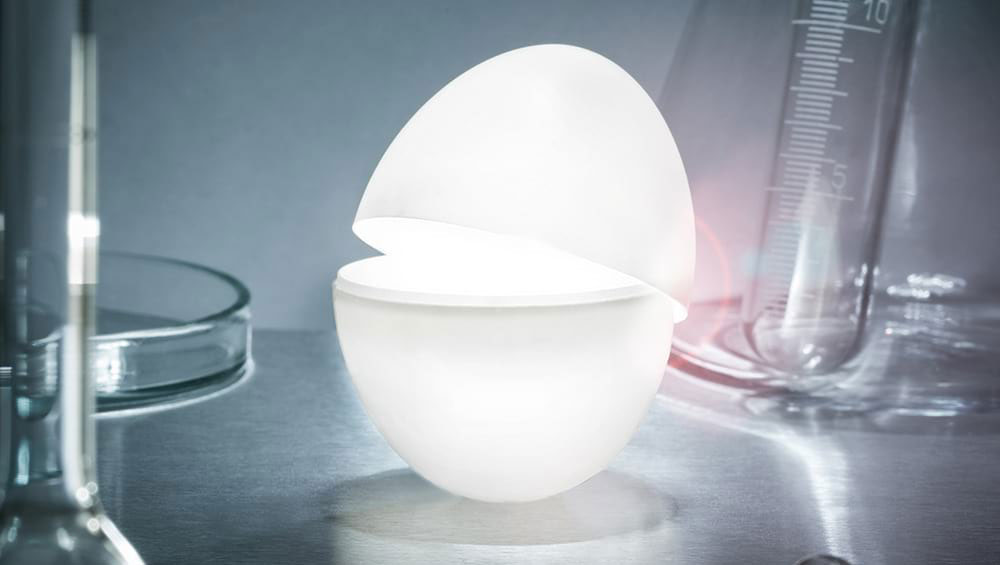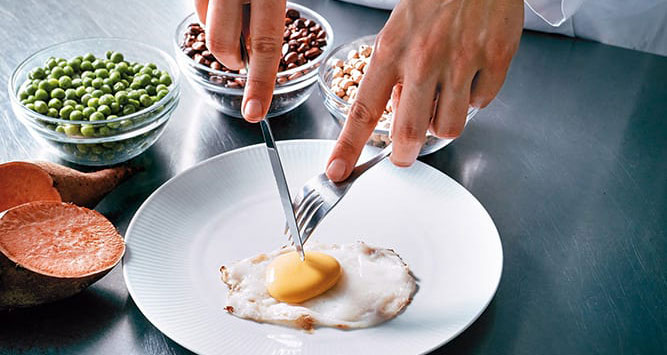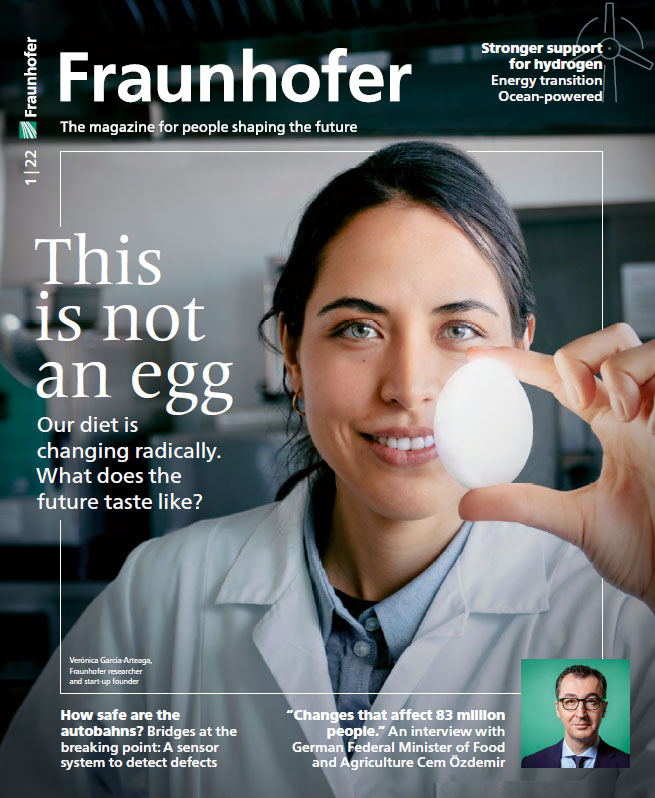Let’s not forget about algae. Chia seeds, nettles and kale are known as superfoods. But seaweed also contains valuable nutrients that should earn them a spot on the superfood list – they have a lot of fiber, proteins and minerals, for example. What’s more, seaweed is collected or cultivated in the ocean, so it doesn’t require farmland, fertilizer or large amounts of energy. It also removes the excess nutrients from fertilizer run-off from fields, which cause problems when they end up in the sea. In contrast to other superfood products, up until now, seaweed has mainly been available in tablet form as a food supplement. “We want seaweed – especially European seaweed – to be a more common entry on German menus,” explains Elke Böhme, group manager at Fraunhofer EMB. “And what better way to do that than with beer, one of the Germans’ favorite drinks?” With its distinctive flavor and interesting colors, seaweed can really give beers that certain something. Fraunhofer EMB has developed the manufacturing process – the seaweed beer can be produced in a standard brewery, and the seaweed is simply added during the brewing process. And if you’d prefer an alcohol-free version, the researchers have that covered, too: they’ve developed a brewed seaweed lemonade. But seaweed such as dulse and sugar kelp can be used in more than just beverages – they can also be made into seaweed ice cream and pesto, as various projects by Fraunhofer EMB have shown.
Microalgae, the smaller members of the sugar kelp family, also contain substances that offer health benefits: proteins, omega-3 fatty acids, various pigments with antioxidant effects, and phytosterols. In numerous projects, including the internal Future Proteins lighthouse project where they are collaborating with five other Fraunhofer institutes, researchers at Fraunhofer IGB are investigating how microalgae can be cultivated in a photobioreactor and processed into high-quality, healthy food. “In each case, we look at the entire chain from production to turning the microalgae into a food product, whether it’s a vegan sausage spread, a milkshake or shot,” explains Dr. Ulrike Schmid-Staiger, group manager at Fraunhofer IGB. One of the challenges here is the high energy requirement, as the algae need artificial lighting – sunlight alone is not enough. And as the green coloring in algae is less desirable for food products, the research team is developing new processes to remove the chlorophyll that creates this color. When the project comes to an end in December 2023, the team will have developed a healthy, new algae-based food product.
Lighthouse project "FutureProteins"
